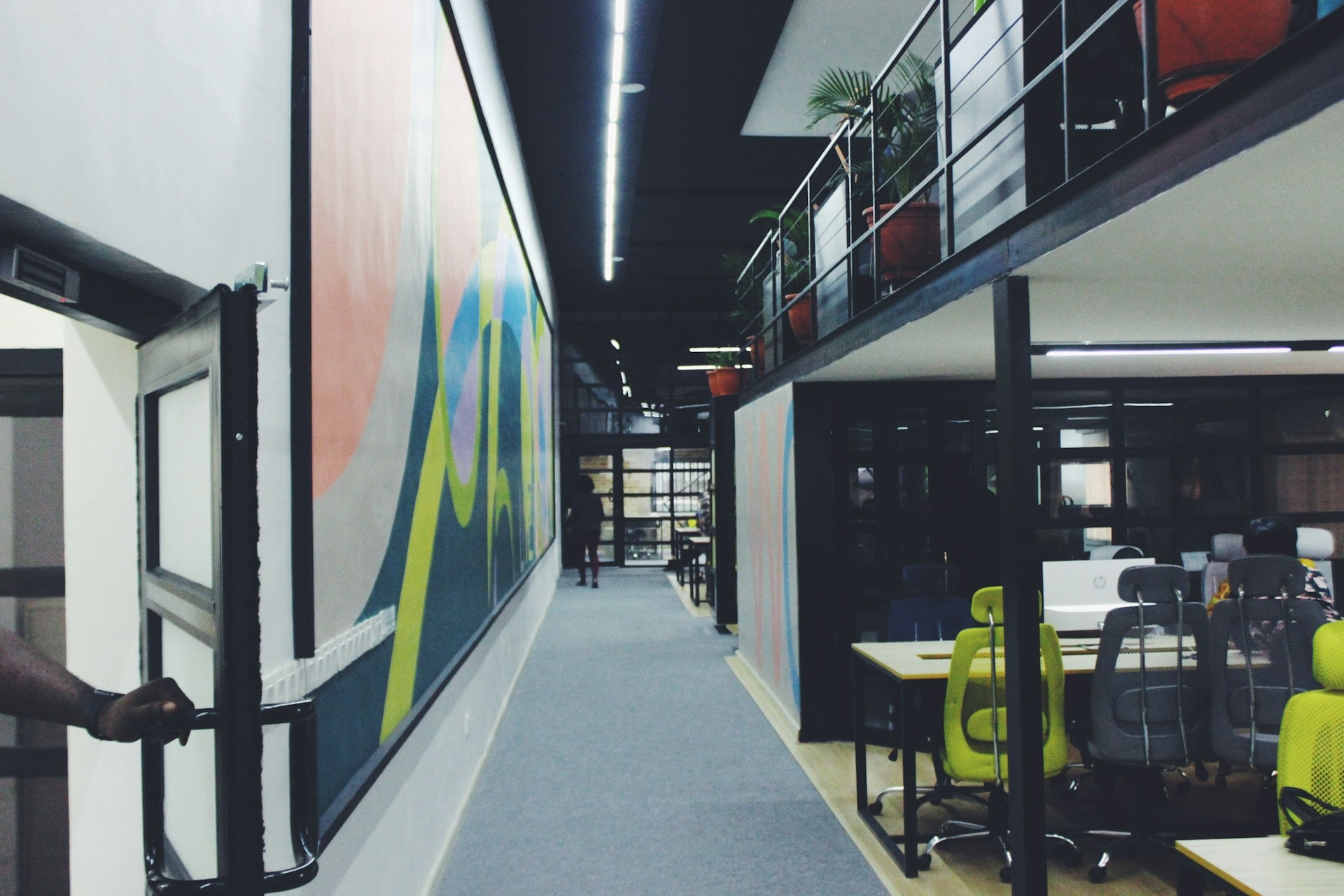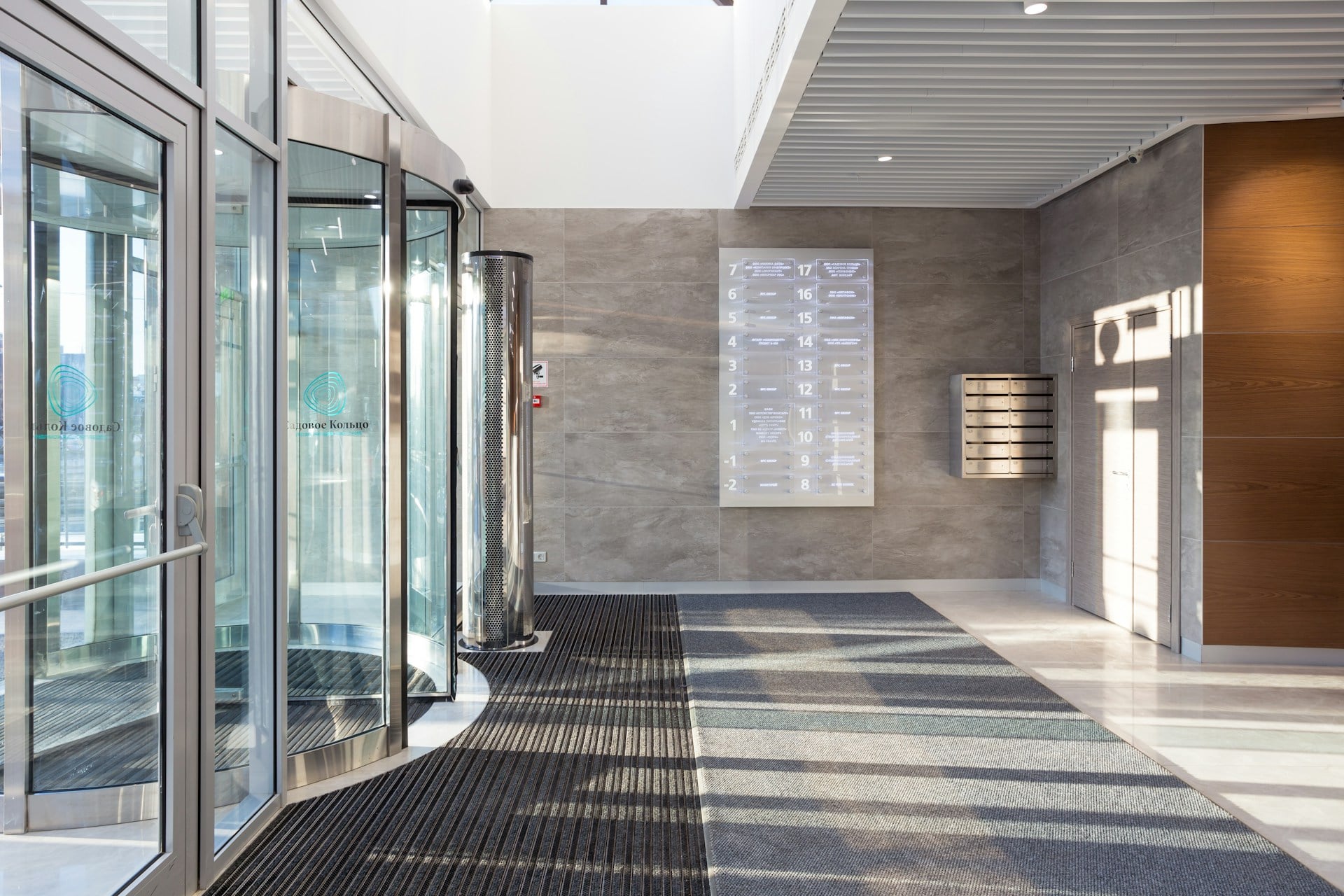Today sustainability is not just a buzzword but has become a pivotal aspect of business strategy. Companies are increasingly realising that sustainability in the workplace are not only beneficial for the environment but also for their long-term profitability and brand image.
Among the myriad ways to enhance sustainability in the workplace, leveraging technology stands out as a powerful enabler. From visitor management systems to energy-efficient infrastructure, technology plays a crucial role in fostering sustainability in the workplace.
Visitor Management Systems
One of the innovative solutions contributing to workplace sustainability is the visitor management system (VMS). Traditional paper logbooks are being replaced by digital check-in systems, significantly reducing paper waste. These systems streamline the visitor registration process through digital platforms, ensuring that visitor data is efficiently managed and securely stored.
A VMS can also integrate with other building management systems to optimise energy use. For instance, it can adjust lighting and HVAC (heating, ventilation, and air conditioning) systems based on real-time occupancy data, thereby reducing unnecessary energy consumption. Additionally, by providing digital badges and wayfinding assistance, a VMS minimises the need for printed materials, further contributing to a paperless office environment.
Energy Management Systems
Advanced energy management systems (EMS) are another cornerstone of sustainable workplaces. These systems monitor and control energy use across a company’s operations. By using sensors and smart meters, an EMS can track real-time energy consumption and identify inefficiencies. Companies can then implement measures to reduce energy use, such as automatic lighting controls, optimising heating and cooling systems, and encouraging energy-saving practices among employees.
Moreover, energy management systems can integrate renewable energy sources like solar panels, enabling companies to generate their own clean energy. This not only reduces the carbon footprint but also lowers energy costs in the long run.
Cloud Computing
The adoption of cloud computing has revolutionised the way companies operate, offering significant sustainability benefits. By moving to the cloud, businesses can reduce their reliance on physical servers, which consume a considerable amount of energy. Cloud service providers often utilise highly efficient data centres powered by renewable energy, making cloud computing a more sustainable option.
Additionally, cloud-based collaboration tools reduce the need for physical meetings and travel, thereby lowering carbon emissions. Remote working, facilitated by cloud technologies, further contributes to sustainability by decreasing the energy and resources associated with maintaining large office spaces.
Smart Building Technologies
Smart building technologies encompass a wide range of innovations aimed at creating energy-efficient and sustainable workspaces. These include automated lighting systems, smart thermostats, and advanced HVAC controls. By employing the Internet of Things (IoT), these systems can learn usage patterns and make real-time adjustments to optimise energy use.
For example, smart lighting systems can use motion sensors to ensure that lights are only on when needed. Similarly, smart thermostats can adjust heating and cooling based on occupancy and weather conditions. These technologies not only enhance the comfort of the workplace but also contribute significantly to reducing energy consumption and costs.
Digital Communication and Collaboration Tools
Digital communication and collaboration tools, such as video conferencing software, instant messaging platforms, and project management applications, play a crucial role in fostering a sustainable workplace. These tools reduce the need for physical meetings and business travel, significantly cutting down on the carbon footprint associated with commuting and flying.
Furthermore, by facilitating remote work, these technologies help companies reduce their reliance on large office spaces, leading to lower energy consumption and reduced resource use. The shift towards hybrid working models, supported by digital tools, is proving to be both efficient and sustainable.
Recycling and Waste Management Technologies
Innovative recycling and waste management technologies can also help companies enhance their sustainability efforts. Smart waste bins equipped with sensors can monitor waste levels and optimise collection schedules, reducing the fuel consumption of waste collection vehicles. Additionally, these systems can provide data on waste generation patterns, enabling companies to implement more effective recycling programmes and reduce overall waste.
Furthermore, digital platforms for asset management and tracking can minimise waste by ensuring that resources are used efficiently and that surplus materials are repurposed or recycled appropriately.
In conclusion, technology offers a plethora of opportunities for companies to enhance sustainability in the workplace. From visitor management systems to smart building technologies, these innovations not only contribute to environmental conservation but also drive operational efficiency and cost savings. By embracing these technological options, businesses can create a more sustainable and resilient future, benefiting both the planet and their bottom line. As the corporate world continues to evolve, the integration of technology in sustainability efforts will undoubtedly play a pivotal role in shaping a greener and more sustainable workplace.
How InVentry can help with sustainability in the workplace
InVentry’s sign-in solution can help your business evolve into a digital workplace for the 21st century. Contact our team today to discuss how our workplace access system can help your sustainability in the workplace.




